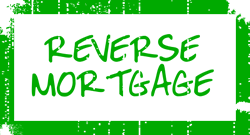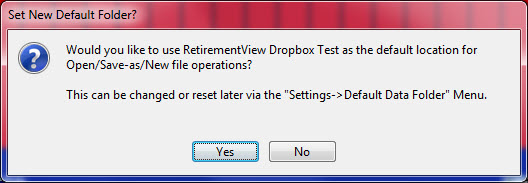Are you finally able to collect Social Security this year? Welcome to reirement!
There’s lots to learn with every new step in life and this one will be no different. Social Security benefits can be taxed. Did you know that? They can – and even more depending on where you live. Some states require them to be included in state taxes. Sheesh!
The Motley Fool posted an article that will explain 2 rules you should know:
1. When your benefits become taxable
2. What happens if you work when receiving benefits.
Check out their article for all the details.













Recent Comments